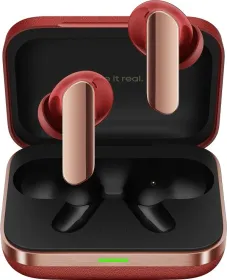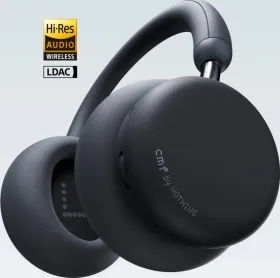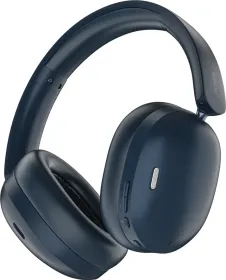The Department of Telecommunications and India’s public service broadcaster Prasar Bharti have been working on a technology that will allow the broadcasting of video and other forms of multimedia content directly to mobile phones, without a need for an active internet connection. This technology is being called a ‘Direct-to-Mobile’ (D2M) service and it claims to improve the consumption of broadband and utilization of spectrum.
What exactly is Direct-to-Mobile technology?

The technology is based on the convergence of broadband and broadcast, using which smartphones will receive terrestrial digital TV. This would be similar to how an FM radio works on your phone, where a receiver can tap into radio frequencies. Using D2M, multimedia content will also be beamed to phones directly. OTT platforms like Netflix can also use the D2M tech to push multimedia content to mobile phones directly.
What can D2M do for everyone?
The D2M tech will help the government convey important information directly to the people, issue emergency alerts, counter fake news, and assist with disaster management. It will help the cable and DTH sectors to broadcast now to homes without needing any intermediary. The telecom and internet service providers will be able to offload video traffic from their mobile network onto the broadcast network. This will increase the data speeds and reduce call drops substantially. D2M will allow faster transmission of news via government channels so that authentic information reaches people without any alterations.
For the consumers, it would mean access to multimedia content from VoD or OTT platforms without exhausting their mobile data and at a nominal price. This will be more useful for those in rural areas, as they have limited or no internet access to watch videos. Users living in places with limited or no internet access will be able to watch video content without an active internet connection. With time, D2M will be able to aggregate content from OTT platforms creating an infotainment hub that won’t rely on the internet.
The new D2M tech will support students to access educational content for schools and colleges in remote areas. Farmers can access weather forecasts and information on different cultural practices without the internet.
What has DoT done to bring D2M?

The Department of Technology has conducted a study to find a spectrum band that will help offer broadcast services directly to users’ smartphones. IIT Kanpur collaborated with Prasar Bharti to test the feasibility of the D2M tech and delivered proof of the concept. Prasar Bharti uses the 526-582 MHz band for terrestrial TV broadcasting and the same band is said to work in sync for both mobile and broadcast services.
Where is D2M being tested?
D2M has initially been tested in 19 cities using the digital terrestrial transmission network or Prasar Bharti. The list of exact cities is yet to be shared by GOI. Once the tech fully develops, it will be pilot-tested on a large scale in Delhi NCR.
When can D2M tech be expected?
The D2M tech is expected to roll out in India in 2025.
Benefits of D2M tech
One of the biggest benefits of D2M will be non-reliability on the Internet. The user won’t need any other satellite-based network either.
D2M will allow users to stream high-quality content without worrying about data. This will reduce the consumption of internet data and save people’s money.
Challenges to D2M tech
Prasar Bharti’s CEO claims that bringing key stakeholders like mobile operators on board will be the biggest challenge in launching D2M technology on a wide scale. I&B Ministry Secretary Apurva Chandra said a mass roll-out of the tech will need some changes in infrastructure and some regulatory changes as well.
One more big challenge will be compatibility. This is because existing devices in India don’t come with a chipset that is needed to access the bandwidth at which D2M services work. This means an additional processing unit will be needed and integrating this SoC into mobile devices will increase the price of smartphones.
While the tech is highly innovative it is in its premature stage right now. This is the reason why leading telecom companies are apprehensive about inculcating this new feature.































